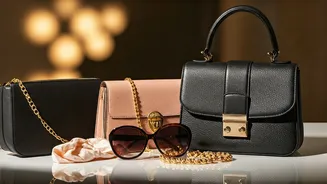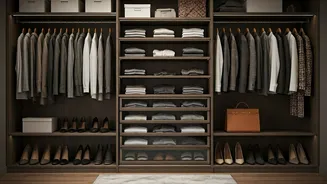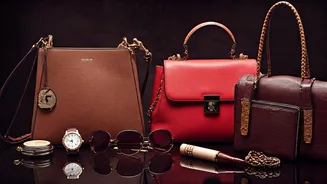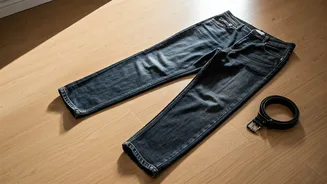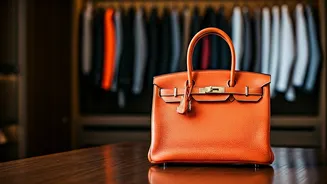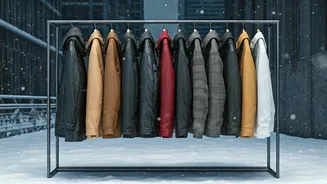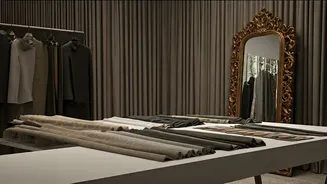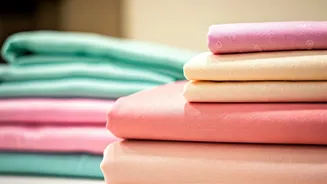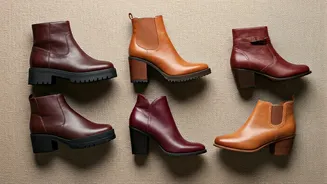Understanding Silhouettes
The foundation of any great outfit starts with understanding silhouettes. These are the shapes your clothes create on your body. Different silhouettes flatter
different body types, and knowing which ones work for you can transform your style. The key silhouettes to know include A-line, which is wider at the hem; hourglass, which emphasizes the waist; and straight, which tends to be more relaxed. Also important is understanding how the proportions of your outfit interact with your form. Do you want to balance proportions? Do you want to emphasize or minimize certain areas? This knowledge can help you make informed decisions when choosing clothes.
Fabric & Texture
Fabric and texture contribute significantly to the overall look and feel of an outfit. The texture of a fabric can add visual interest, and certain fabrics drape better than others. For example, silk and rayon have a fluid, elegant drape, while linen and cotton provide a more structured look. Pay attention to how a fabric behaves. Does it wrinkle easily? Does it breathe well? The climate you live in should be a key consideration. Also consider the occasion. A formal event might call for velvet or brocade, while everyday wear might call for more durable fabrics like denim or twill. Understanding fabrics is crucial.
The Power of Fit
Fit is arguably the most crucial aspect of any outfit. Regardless of the brand or price, clothes that fit well always look better. Ill-fitting clothes, on the other hand, can make even the most stylish items look unpolished. Start by knowing your measurements, including your bust, waist, hips, and inseam. When shopping, always try clothes on and pay attention to how they feel. Do the clothes restrict your movement? Are they too tight or too loose? Tailoring is your friend. A tailor can adjust clothes to fit your body perfectly, making a significant difference in your overall appearance. Don't underestimate the power of a well-fitted garment.
Accessorizing Effectively
Accessories are the finishing touches that elevate an outfit. They provide opportunities to express your personality and add points of interest. Consider your accessories as a curated collection, not just random additions. Belts can cinch your waist, while a statement necklace can draw attention to your neckline. Scarves, hats, and bags can add color and texture. When accessorizing, aim for balance. If you are wearing a bold necklace, keep the rest of your accessories minimal. Experiment with different combinations to find what works for you. Remember that accessories should complement your outfit, not compete with it.
Color Coordination
Color plays a pivotal role in fashion, influencing how your outfit is perceived. A well-coordinated color palette creates a cohesive and visually appealing look. Start by understanding color theory, which covers primary, secondary, and tertiary colors, as well as complementary and analogous colors. Build a basic wardrobe around neutral colors. These versatile colors pair well with almost anything and offer a foundation for adding bolder colors. Consider the season and your skin tone when choosing colors. For instance, warm skin tones often look great with warm colors, while cool skin tones look best with cool colors. Ultimately, finding the right colors is a key factor.
Embracing Your Style
Fashion is about self-expression. Don't be afraid to experiment and develop your unique style. What makes you feel confident and comfortable? Learn from trends but avoid blindly following them. Adapt trends to suit your individual tastes and body type. Build a wardrobe that consists of classic pieces, along with a few trendier items. This helps create a balanced and versatile collection. Over time, you’ll develop your own style. Review fashion magazines and social media for inspiration. Ultimately, your style should reflect your personality. Authenticity is important, so let your true self shine through the clothes you choose.
